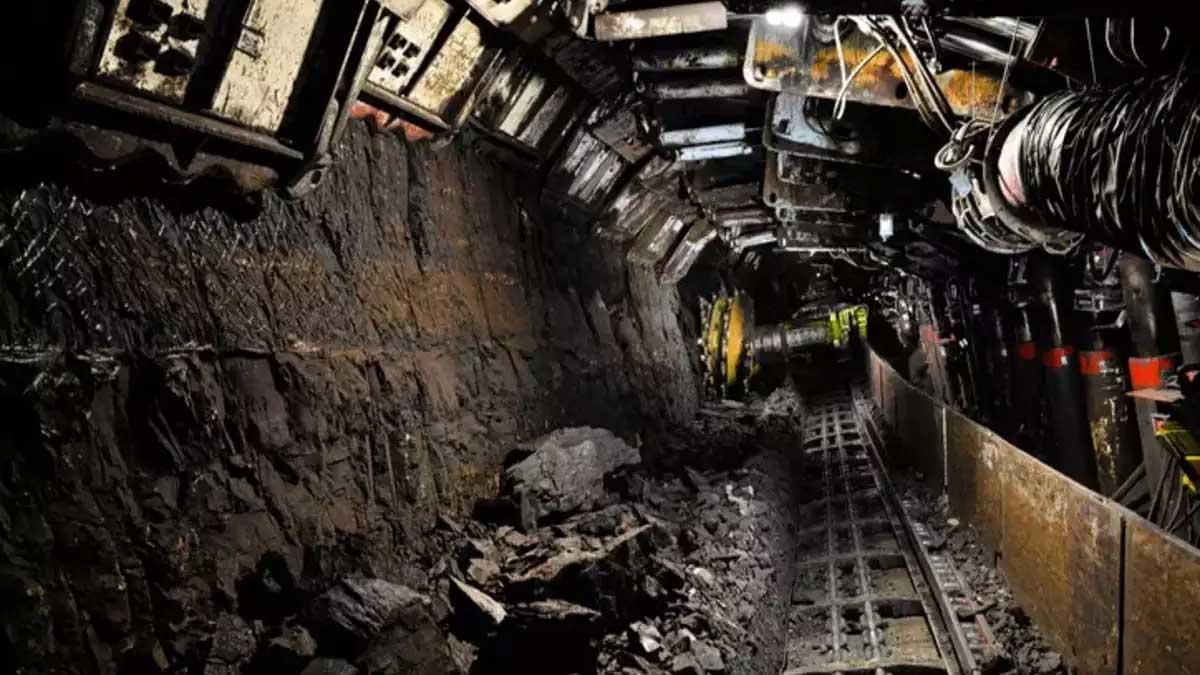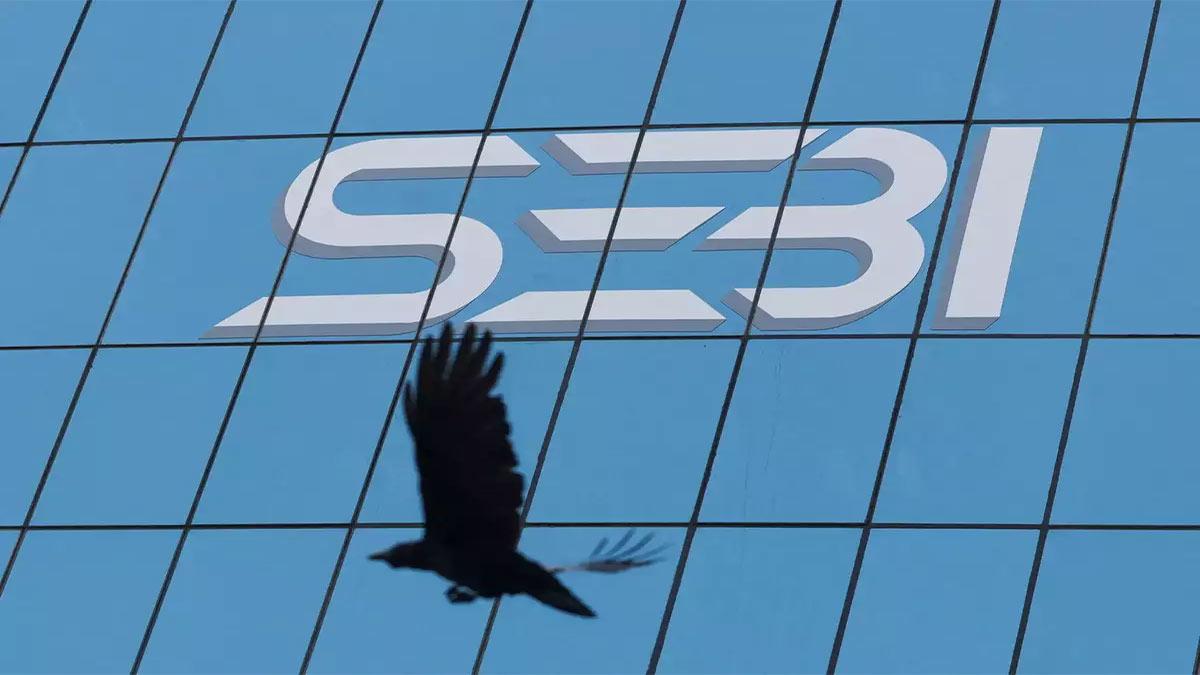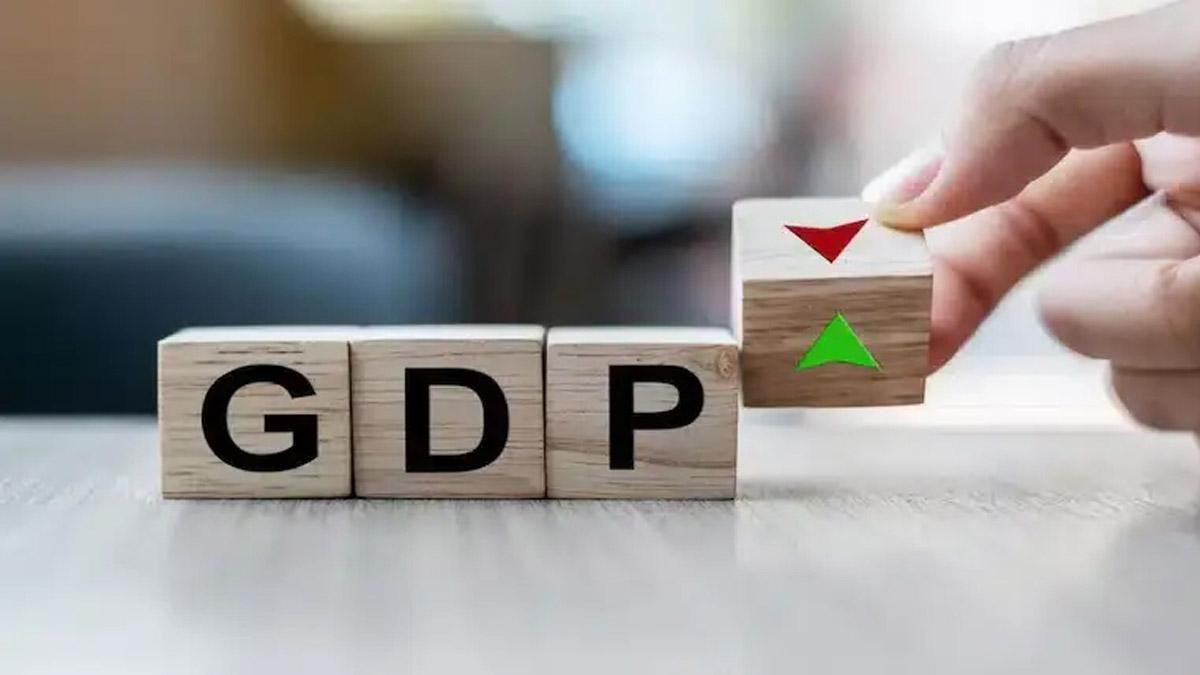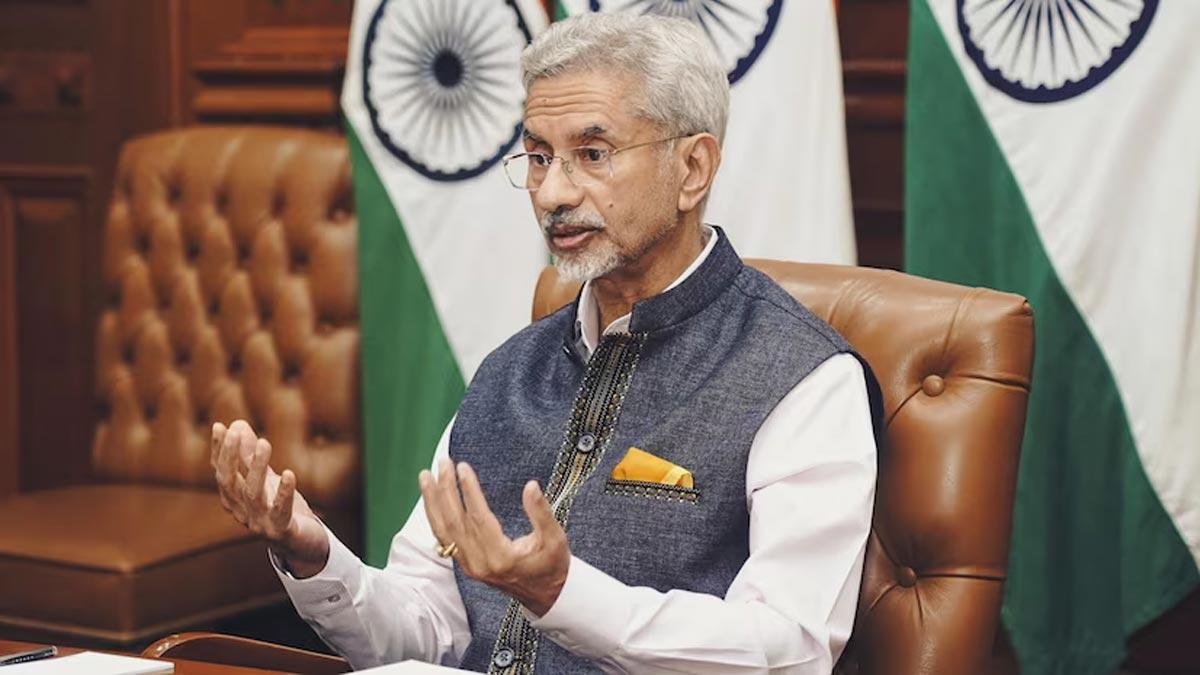India is becoming a world leader in consumption, with its growth expected to surpass leading economies, a recent report by Angel One and Iconic Asset has found.
The report shows that consumption is already 56% of India's GDP and is expanding at the highest rate in the world, making India poised to be the world consumption capital.
The prime movers of this growing consumption are the booming growth of nuclear families, which is growing faster than the population itself, thus causing a huge upsurge in expenditure. Also, India is expected to be at the forefront of global workforce growth, which will also help feed economic activity and consumption.
The report forecasts that by 2034, Indian consumption will double, driving a significant increase in economic growth. India's huge savings potential is also the key driver of this consumption growth. In the last 26 years, India has saved $12 trillion and the savings figure is likely to swell ten times by 2047 to $103 trillion. The increase in savings will create tremendous scope for expenditure as well as economic growth.
Another factor is the recent tax reductions announced in the Union Budget, which are likely to release Rs 1 lakh crore, inducing an extra Rs 3.3 lakh crore of consumer expenditure. This will again increase India's GDP by about 1%. The report also points towards a change in consumer behavior, with discretionary spending—on items like electronics, clothing, accessories, and experiences—increasing at a higher rate than essential spending. This trend is a reflection of trends in other developed global economies such as the US and China during times of robust economic growth.
Notwithstanding the expansion of contemporary retail, small local Kirana stores continue to dominate India's retail business with 92% of retail trade, offering a huge opportunity for organised retail to gain a bigger piece of the market.
India's youth population, especially Gen Z, also plays a significant role in leading consumption. India possesses more Gen Zers than the total population of the United States, and by 2035, each second rupee consumed in India is likely to be contributed by a Gen Zer. This demographic change will also propel the country's consumption boom and define the future of the Indian economy.
Overall, India's growing consumption, driven by its youthful population, rising workforce, tax reductions, and increasing savings, puts the country in line for robust economic growth during the coming decade.
Read also| PM Modi's Tenure Witnesses Unmatched Growth in Infrastructure and Farmers' Welfare


















